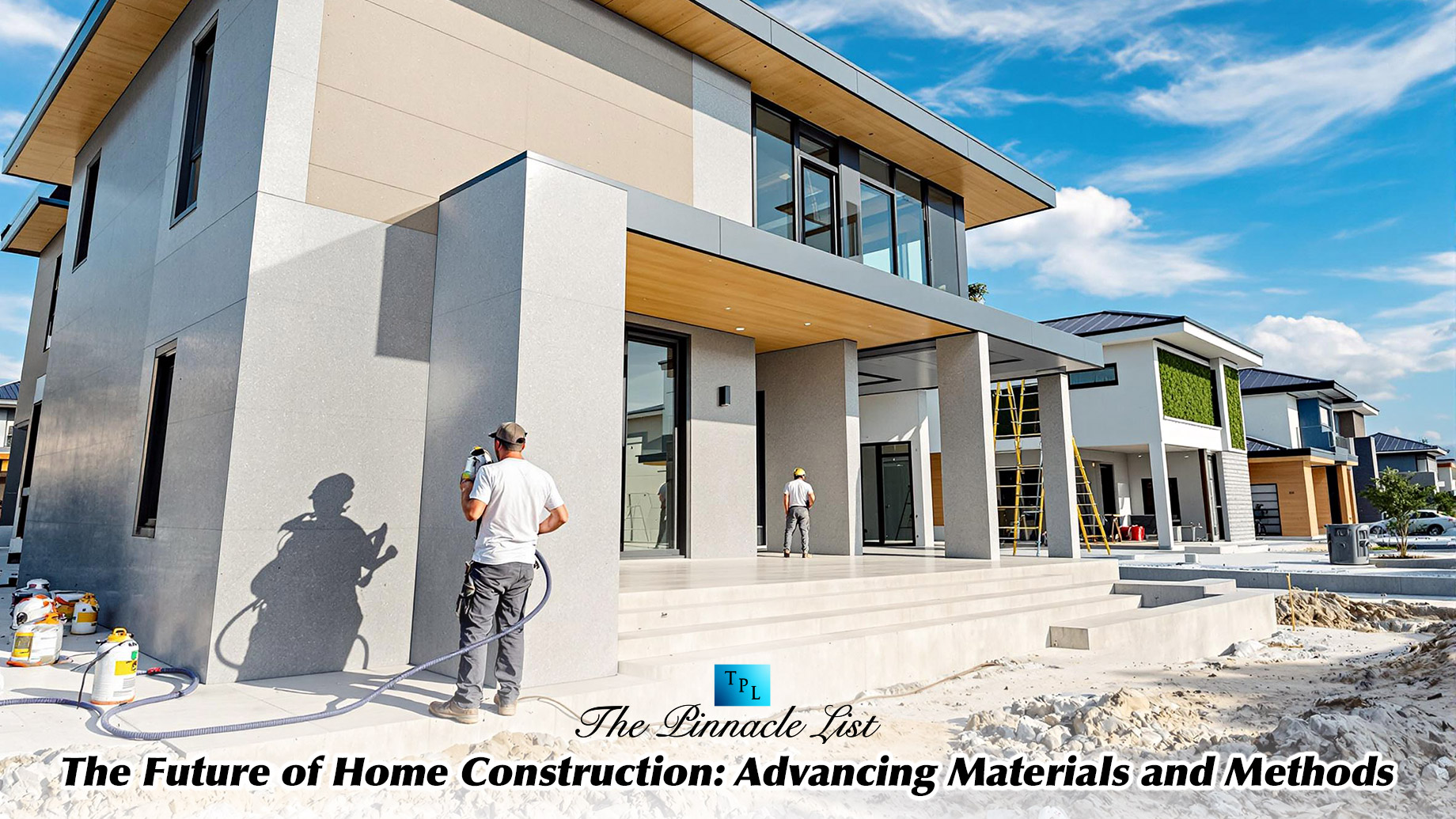
The construction industry experiences periodic alterations through advancements in materials and building methods, which improve construction product durability and efficiency while reducing costs. Previous building practices depended on wood and brick along with concrete, but modern construction requires stronger and more adaptable systems. The housing construction industry faces pressure to transform because of climate needs and the availability of labor and material resources. Modern technology is the main force for these transitions and protective coatings such as polyurea start to contribute to structure protection and extended service life.
The Shift Toward Smarter, More Resilient Homes
Present-day contractors take into account requirements beyond structure and visual appeal. Homes need enduring weather resistance and lower energy usage alongside extended periods between maintenance interventions. Traditional building materials fail when tasked with fulfilling these modern requirements. Wood experiences decay, metal experiences rust, and concrete suffers from cracking. Modern buildings combine advanced coatings with composites to enhance performance without increasing structural weight instead of using past approaches of mere bulk and reinforcement.
Spray-applied coatings now offer better thermal insulation performance than earlier fiberglass and foam board systems. Polyurea enhances these applications through surface sealing and complete prevention of moisture infiltration. Polyurea offers advantages over rigid materials because it compresses and expands alongside the structure to prevent cracks and air leaks.
Adapting to Environmental Challenges
Changing weather patterns produce more severe storms along with extreme temperatures. Standard building materials cause homes to incur substantial damage that leads to expensive rehabilitation needs. Construction now uses engineered composites and high-performance coatings as stronger materials.
Polyurea coatings protect foundations, roofs and exteriors against both water penetration and damage from impact. Polyurea creates a seamless barrier with superior durability against cracking and peeling compared to traditional sealants. The liquid-applied system provides an instantaneous bond to ensure long-term protection without any critical seam or weak point existence.
Water-sensitive zones require builders to construct homes using elevated foundations covered by waterproof coatings. The primary drawback of using concrete is that it both absorbs moisture and creates ideal conditions for both erosion and mold growth. Polyurea solves these problems by building a non-porous flexible barrier that stops water infiltration while allowing structural movements. Reducing Construction Time and Costs Modern construction focuses on efficiency.
Traditional building methods require several months, but modular construction and prefabrication methods achieve reduced timelines. Modern factories prepare residential sections on the building site before their delivery. The method cuts down both labour requirements and waste production.
Polyurea coatings enhance manufacturing and assembly efficiency by immediately protecting products during production. The protective coatings applied to polyurea make factory-built panels and modular sections operational right upon arrival at construction sites to cut finishing work. The rapid curing capability of polyurea enables builders to maintain normal production flow without waiting for sealants and paints to dry.
The Role of Protective Coatings in Long-Term Maintenance
Homes naturally decline over time while their components also deteriorate. Roofs leak, siding cracks, and foundations shift which drives up maintenance costs. Homeowners now seek solutions that minimize repairs and extend the lifespan of materials.
Polyurea reinforces surfaces which helps to decrease their wear. Polyurea functions as a substitute material for traditional roofing shingles and membranes. The seamless installation eliminates leaks and checks of UV resistance. Polyurea stands out as it doesn’t experience degradation at any time, leading to its use as a long-term answer to the problem. Basement waterproofing has transformed through time. Past solutions depended on drainage systems and sealants, which needed regular replacement.
The permanent moisture barrier function of Polyurea stops the need for repeated maintenance. Water intrusion no longer happens without additional drainage when applied to the interior or exterior walls. Looking Ahead The construction industry maintains its march toward progress by using tougher materials with more effective building methods. The application of polyurea technology serves to boost structural durability while keeping maintenance needs at a minimum.
As builders start implementing these innovations their homes will extend their service life and require service interventions less frequently while enduring environmental conditions better. The construction revolution enables housing to become both intelligent and highly durable in its approach to the future.